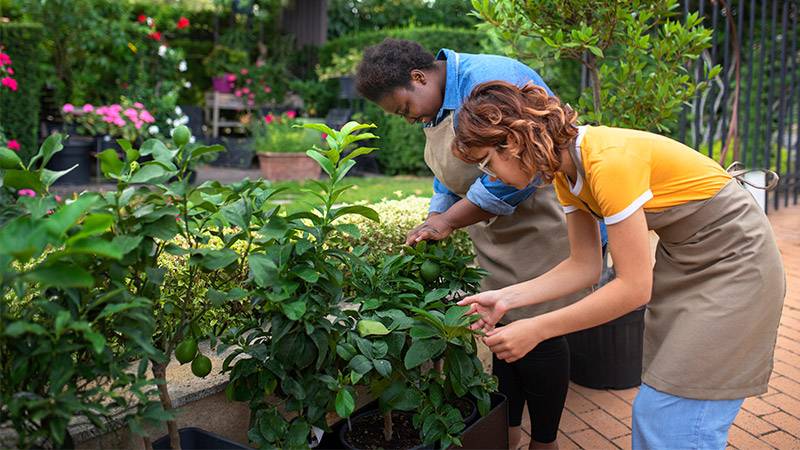Born into a farming family in Jamaica, Sheryll Durrant’s path took an unexpected turn after the 2008 financial crisis when she transitioned from a corporate marketing career to running an urban farm in the Bronx. Her farm, New Roots Community Farm, wedged into a triangular plot between the Grand Concourse and the Metro North railroad tracks, supports refugees and migrants in their quest to retain a piece of home in the form of herbs and vegetables grown on-site.
New Roots is not alone in this endeavor. It is one of over 500 community gardens spread across New York City, about a third of which are located in the Bronx. These green spaces offer both a respite from congested, overheated streets and a source of local food. They also help temper the effects of climate change by absorbing water and carbon emissions.
In recognition of these benefits, lawmakers in Albany voted this year to categorize such gardens as essential to the urban environment, a move that is awaiting the governor’s signature. The bill aims to protect these gardens, especially those on city land, by forcing regulatory officials to consider the environmental impact when reviewing development proposals on garden sites.
However, The New York Times says that fears remain that gardens on city-owned land could still be displaced by affordable housing developments. Experts are also concerned about the potential impact of residential construction on adjoining plots, which could block sunlight and contribute to gentrification.
“What we do on every small piece of land really does matter,” said Jennifer Bernstein, the chief executive and president of the New York Botanical Garden, which has helped some 400 Bronx gardens since the late 1980s. “These gardens were ahead of their time in recognizing the role nature plays in making cities livable and resilient.”
Community gardens have been part of New York’s urban fabric since the fiscal crisis of the 1970s. Initially created by residents reclaiming abandoned city-owned lots, the gardens have since flourished, with preservation efforts strengthening under the Giuliani and Bloomberg administrations and the pandemic sparking a new era of interest in home-grown food.
One such garden, the Morning Glory garden in the West Farms section of the Bronx, located on city parkland, is also adapting to the changing climate. Gardeners there have been collecting rainwater for irrigation and addressing plant diseases brought on by high humidity.
The gardens have proven to be a hotbed for diverse agricultural practices, with the harvest as varied as the city itself, from callaloo and pigeon peas to bok choy and eggplant. These gardening efforts are seen as a testament to the human aspiration to stay productively engaged and rooted in one’s culture.
Notwithstanding their potential, the effects of climate change pose significant challenges to these urban oases. Intense rainfalls and heatwaves are testing the resilience of these gardens and the communities that tend to them. But as the gardeners navigate these hurdles, they believe in the power of such green spaces and the role they play in fostering resilience and community growth.
More inspiring green news similar to this:


